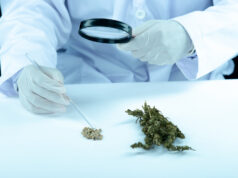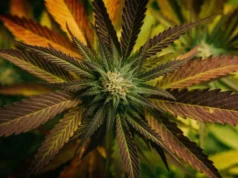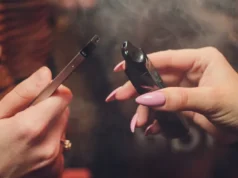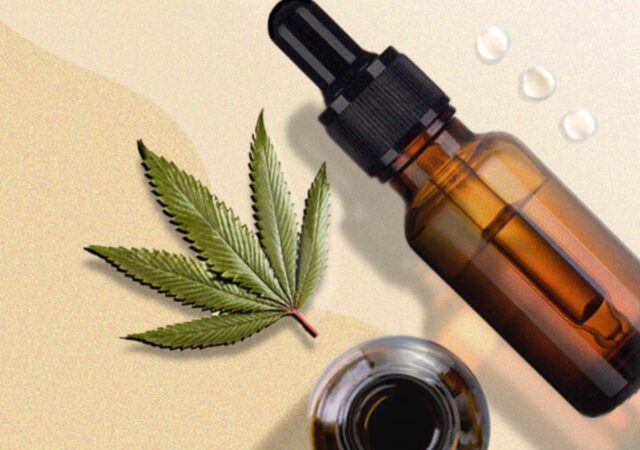
Cannabidiol, or CBD, is the second prevalent active compound in cannabis. Unlike the most prevalent compound, tetrahydrocannabinol, or THC, CBD doesn’t get users high. Researchers weren’t certain that cannabis had much of any effect until recently when studies began demonstrating CBD’s efficacy in managing seizure disorders, reducing inflammation, mitigating pain, and more.
Today, many people rely on CBD to treat conditions as disparate as insomnia, epilepsy, and arthritis — and yet, cannabidiol isn’t prescribed by medical professionals. Considering that so many people use this ingredient for medical applications and that CBD’s medical usefulness is being demonstrated by ongoing research, is it time that CBD becomes a prescription cure?
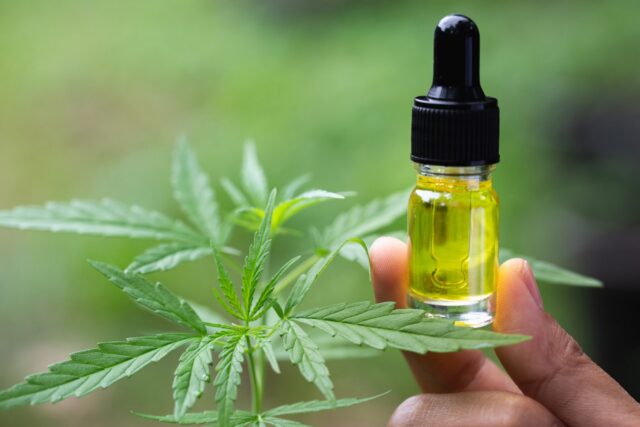
CBD Law as It Stands
Unfortunately, CBD law is much more difficult than “legal” or “illegal.” Governments consider the source of the CBD, types of cannabis products, and more in their CBD regulations, and exact laws vary from place to place.
At the federal level, weedmaps.com tells us that cannabidiol is legal — as long as it is derived from hemp and has a THC content lower than .3 percent. It means that medical cannabis users won’t get in trouble with the Feds by transporting CBD over state lines, and it means that hemp farmers and CBD businesses are not at risk of federal prosecution.
Meanwhile, every state has its regulations regarding CBD. Three states prohibit CBD in all forms: South Dakota, Nebraska, and Idaho. In all of these states, cannabidiol is considered to be covered under marijuana laws, which means possessing even small amounts of the substance is grounds for jail time and severe fines.
Thanks to the 2018 Farm Bill, which legalized the cultivation of cannabis with less than .3 percent THC, most states permit the sale and use of hemp-derived CBD, as long as it is not within pre-made edibles and beverages. Like Iowa, some states also restrict CBD usage to medical patients, which means that CBD is only available within dispensaries and to those with medical marijuana cards.
Most cannabis products are sold in the form of oils, capsules, or topicals, which allow users to control their dose. However, one FDA-approved cannabidiol pharmaceutical on the market, called Epidiolex, is prescribed to those who have intractable epilepsy. Otherwise, doctors cannot legally “prescribe” CBD; they can only suggest its use and assist in pursuing a medical marijuana license.

The (Current) Science of CBD
The disagreement regarding cannabis law around the country is largely the result of a lack of sufficient research. Though cannabidiol was discovered in the 1940s, only recently has research been devoted to understanding what it does in the human body and what negative and positive effects it might have.
Too many existing cannabidiol studies are animal models, meaning they use animal test subjects instead of human ones. While this can indicate CBD’s effects, it isn’t adequate for demonstrating how CBD acts in human users. Currently, there exist only theories regarding how CBD interacts with the human body.
Unlike THC, there is no binding of CBD receptors within the endocannabinoid system; rather, it seems to stimulate the endocannabinoid system to produce its compounds, which might moderate inflammation, pain sensation, and more. Determining what cannabidiol does after it reaches the bloodstream is critical to understanding how CBD might be used more effectively within medical contexts.
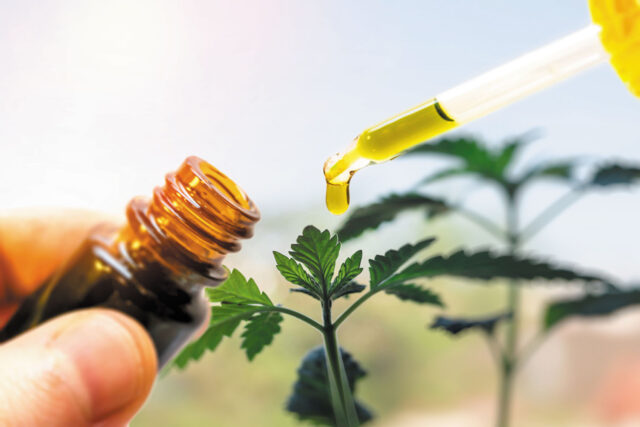
What are the Ways to Use CBD Oil?
There are many forms of cannabis-based oil in which a person can consume CBD oil. A patient can be prescribed this medicine in any way, depending on the health condition. Let us check out different ways to use the oil:
- Ingestion: When a patient is allowed to consume the oil orally in the form of a capsule or liquid, it is considered oral ingestion. It is one of the common practices that many doctors prescribe their patients. The ingredient starts reacting after some time because our liver takes too much time to process it. The oil releases into the blood after a very long time.
- Topical: If anyone has any localized plan, then he can apply the ingredient directly over it. In many cases, this form of consumption is not recommendable because there are other better ways to enter the oil directly into the bloodstream in very less time. It is not a preferable form in the case of a patient suffering from anxiety.
- Sublingual: It is another form of oral consumption, but the major difference is that you keep the dosage under your tongue before swallowing it. A patient can get relief from his problems quickly because it absorbs the blood before it gets digested.
- Inhalation: If any patient wants quick relief from his problems, then inhalation is the best form of consuming the CBD. The ingredient can be inhaled through vaping, which means that you will heat the oil and inhale its vapors. When you smoke it, you will get instant comfort, but if you have any lung-based problems, then it is better to avoid this form.

Why Doctors Don’t Prescribe Cannabis?
For now, the lack of insight into how CBD functions and what specific benefits (and/or downsides) it has means that most doctors are unwilling to integrate the compound into medical treatment. Like THC, cannabidiol seems to affect every user differently; some might experience relief with small doses of CBD, while others might not notice any effects even at high doses of the substance.
As a result, doctors cannot write a prescription dose of cannabis because they cannot predict how any individual will respond to any amount. Despite the rapid uptick in CBD use, CBD’s lack of information and its effects mean that the prescriptions are unlikely to occur shortly.
Still, users interested in using CBD should talk to their healthcare providers to better understand potential risks and benefits, even if a medical marijuana license is not required. As the FDA and other agencies devote more time and funding to its research, doctors will have access to more information and provide useful guidance to those seeking CBD.
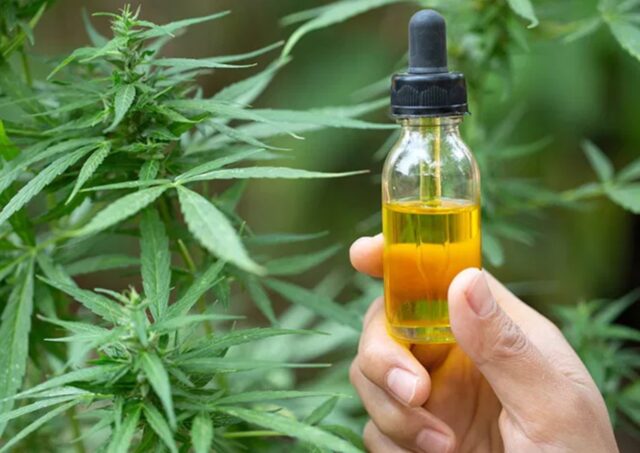
Is There Any Need for Prescription to Use CBD Oil?
In many places, it is necessary to get approval from a doctor to consume cannabis products. Most Americans can access cannabidiol oil through online or retail stores. The main challenge is to choose a genuine product of high quality.
There are many brands, which offer various products at different prices and packaging. It is necessary to determine the best quality product by considering various factors. Therefore, there is no need for a prescription in some places because people are researching by own and getting involved in it.
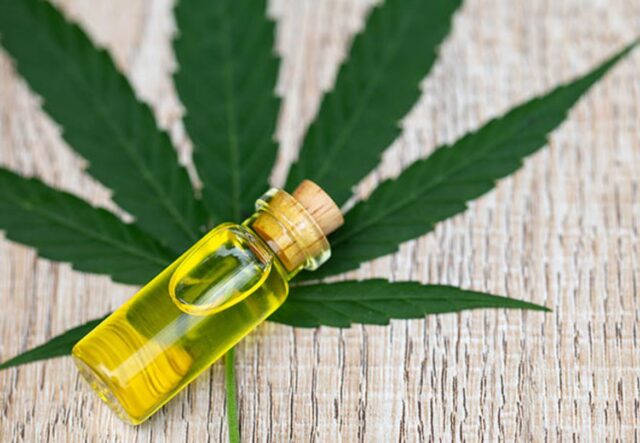
The Bottom Line
CBD is a complicated topic across the globe when consuming it with the doctor’s prescription. In many countries, cannabis products are illegal, but it is fine to use for medical purposes. According to research, it is not found that medical marijuana is effective for every patient’s health. Therefore, many doctors do not prescribe it to all. There are many ways to consume the ingredient, and it can be recommended according to one’s health condition.
In some places, there is no need for a prescription to use cannabis-based oil. There are a different set of rules and regulations in different places, and hence, it is not legal for everyone to access and use it. Many people do not consider any prescriptions and buy it from any online or retail store. The right time to prescribe CBD is a complicated answer across the globe.

